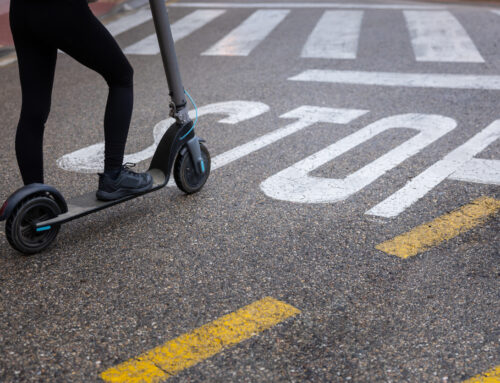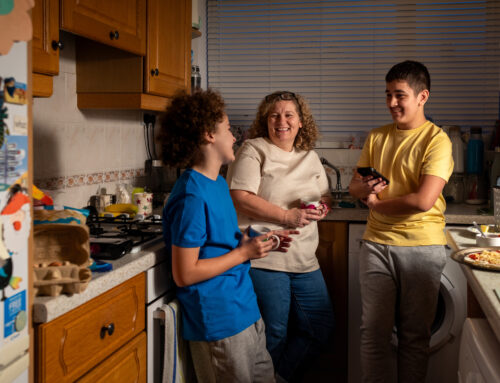Teenage Drinking Statistics: Underage Drinking in America


Get ready to start the conversation with your children about underage drinking by beefing up your knowledge of some of the latest teenage drinking statistics among America’s youth.
As kids mature, their natural inclination is to assert their independence and test boundaries. Arming them with the facts will make it less likely they will succumb to peer pressure and try alcohol during their teen years. It’s up to parents to talk with their kids to help prevent underage drinking and teach them how to drink responsibly when they are older. Here are some teen drinking stats to help you prepare for chatting with your child about the perils of underage drinking.
Top Teenage Drinking Statistics
For tweens and teens in the United States, alcohol may already be a fact of life. Many teens take their first sip of alcohol when they are only 14 years old, and alcohol is the most widely used substance by youth in the United States.
- One in 12 eighth-graders report consuming alcohol in the past month, the Foundation for Advancing Alcohol Responsibility revealed.
- In 2019, almost 25 percent of 14- and 15-year-olds had consumed one alcoholic drink.
- More than 7 million kids between the ages of 12 and 20 have drunk more than a few sips of alcohol, the National Institute on Alcohol Abuse and Alcoholism reported.
- In 2019, female high school students were more likely to drink alcohol and binge drink than male high school students, the Centers for Disease Control reported.
Youth Likely to Binge Drink
Underage drinking accounts for only 4 percent of total alcohol consumption in the United States, yet young people are more likely to binge drink. In fact, young people consume more than 90 percent of their alcohol by binge drinking, according to the Partnership to End Addiction. Binge drinking levels are when a female consumes more than four drinks within two hours, and a male imbibes more than five drinks during that same time frame.
Drinking Leads to Other Substance Abuse
If you’ve ever told your kids alcohol is a “gateway drug,” then you’d be right. A gateway drug is an illicit substance that leads to the use of more dangerous and addictive drugs. Alcohol is the most commonly used substance by young people in the United States, the CDC reported. The most common gateway drugs for teens are alcohol, tobacco, and marijuana. A recent study of 12th-graders determined alcohol was the first gateway drug they used, and students who used alcohol exhibited a significantly greater likelihood of using illicit drugs in the future.
Underage Drinking Causes Permanent Damage
Underage drinking can wire the brain for alcoholism. Studies indicate children who begin drinking at age 15 are 6.5 times more likely to become an alcoholic. Plus, underage drinking is associated with numerous health risks. It can significantly impair learning and memory in teens. Alcohol also slows down brain activity, and the negative effects last longer in teenagers than adults.
Look for the Signs
If you suspect your child may be experimenting with alcohol and drinking underage, it’s important to stay alert for the signs. If you notice a change in mood, drop in grades, or behavioral problems, alcohol may be the cause. If you smell alcohol on their breath or catch your teen drinking, it’s not too late to put a stop to the behavior. Here is some parenting advice for teens who are already drinking and testing boundaries.
- Talk it Out. Keep the lines of communication open and teach your child about the negative health impacts of underage drinking. Showing that you are concerned about your child’s health and safety can help prevent the discussion from ending in a fight.
- Teach your child to navigate situations where they may encounter alcohol. Give your child the tools they need to cope with peer pressure. It can be especially helpful to role-play situations kids might find themselves in where their peers are drinking. Giving your kids an arsenal of answers for declining a drink can prevent them from succumbing to peer pressure.
- Set a good example. The outbreak of COVID-19 contributed to an increase in alcohol consumption among adults. In a Johns Hopkins-University of Maryland-Baltimore survey, more than 60 percent of participants reported drinking more alcohol after March 1, 2020. People turned to alcohol to cope with the stress of lockdown and to alleviate boredom. If you notice your nightly glass of wine has turned into more, your behavior may be impacting your impressionable teens. Adults who drink responsibly and model appropriate alcohol consumption are less likely to have children who drink.
Keep the lines of communication open, and visit Talk It Out NC to learn more about preventing underage drinking. Take the pledge to stop underage drinking by starting the conversation with your kids.



